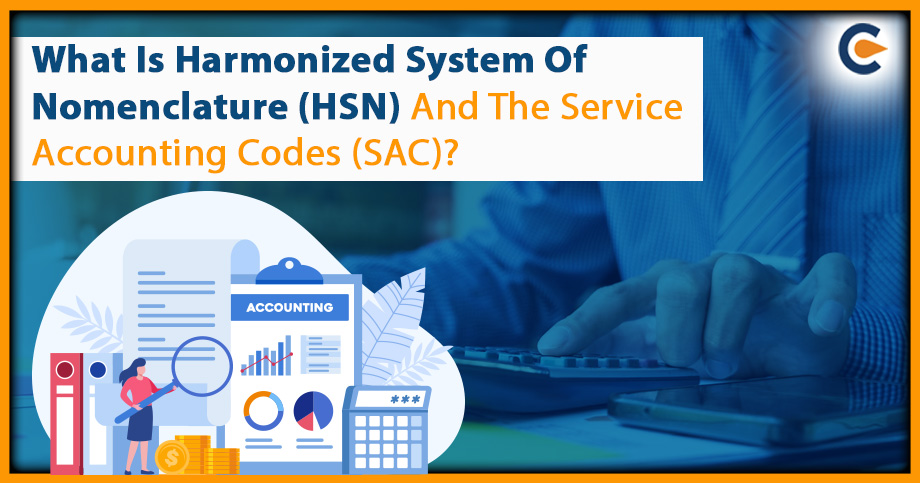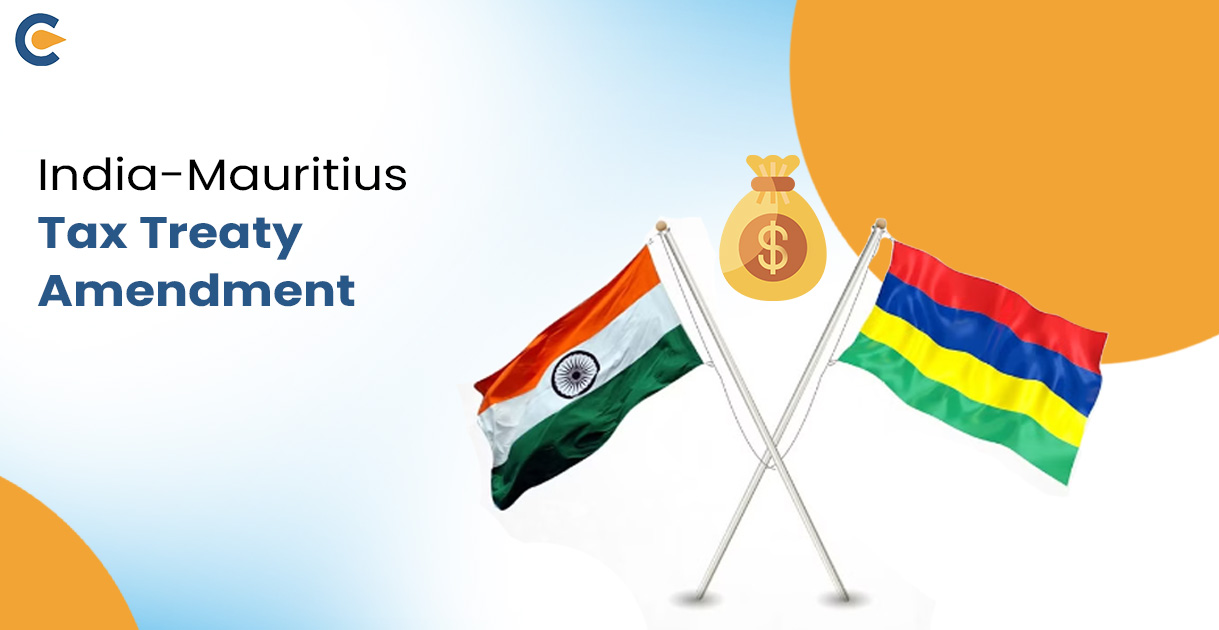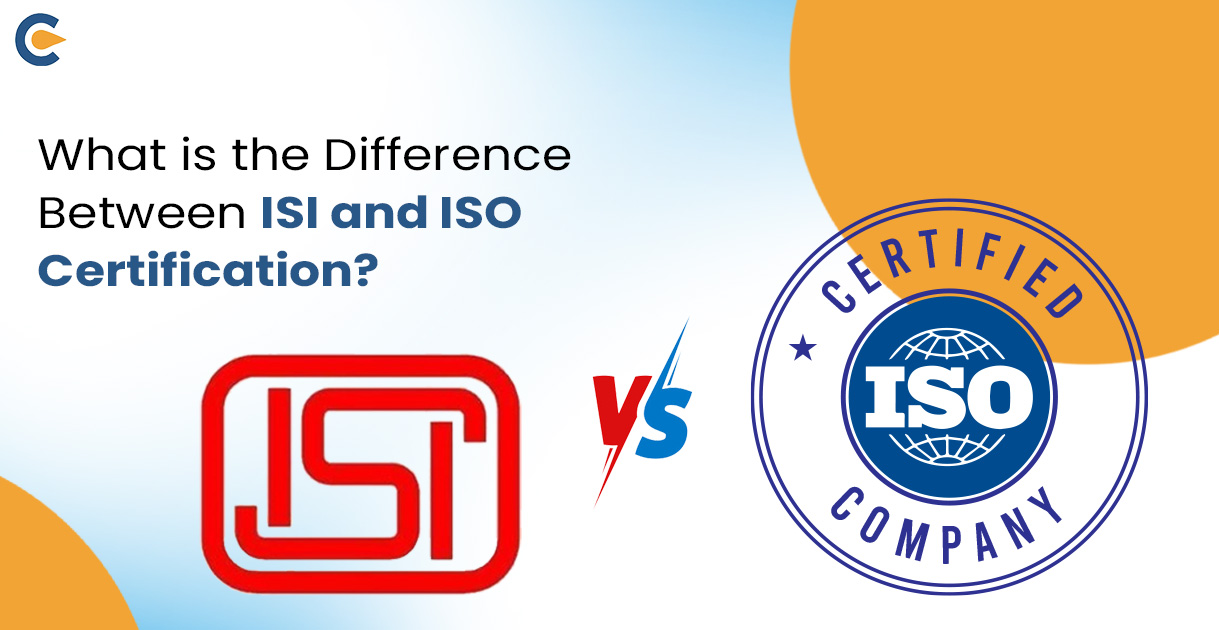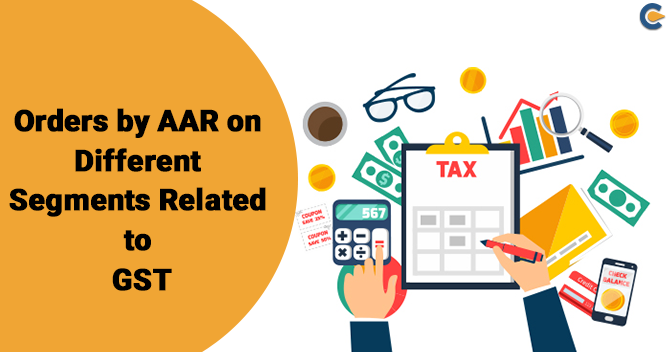The Harmonized System of Nomenclature (HSN) and the Service Accounting Codes (SAC) are being used to categories all of the goods and services that will be utilized in India’s GST. This will assist to reduce the number of obstacles that exist in the way of international commerce. It is simple to identify the goods and services offered thanks to the usage of these HSN and SAC codes in billing and record-keeping.
What Is The HSN Code?
The Harmonized System of Nomenclature is abbreviated as HSN code. With the goal of standardizing the categorization of goods all across the world, the World Customs Organization (WCO) first developed a unique code for every good as a multifunctional worldwide product nomenclature. The usage of HSN codes is widespread. In order to categorize goods for Customs and Central Excise tax, HSN codes were first used in India in 1986. Customs HSN codes are used on GST invoices.
The first digit of the Harmonized System of Nomenclature codes was always a six-digit number. The officials in charge of customs and central excise added two extra digits so that the total could be read more easily. As result, 8-digit HSN codes are currently in use. The Harmonized System of Nomenclature code is a predetermined eight-digit number. GST chapter number is the first set of two numbers. Chapter headers are the following two digits. The following two digits indicate a subsection, while the last two denote an even more precise subheading.
Harmonized System of Nomenclature codes are used inside the GST system to make GST a global standard. 99 chapters, 1,244 headers, and 5,224 subheadings make up the 21 components that make up HSN codes in general.
Each section number is then broken into chapters, which are then further divided by headers and subheadings. As compared to the sections and chapters, the titles and subheadings provide a significant amount of additional information on the product in question.
Harmonized System of Nomenclature Code Applicability Requirements
- For small taxpayers, Harmonized System of Nomenclature codes are not needed if their yearly revenue was less than Rs 1. 5 crores in the last fiscal year.
- Use just the first two digits of the HSN code for sales between Rs 1.50 crore and Rs 5 crore.
- HSN code should be used with 6 digits and, if required, 8 digits for turnovers more than Rs 5 crore.
Chapter Wise Distribution of Goods and Services for Usage of HSN Codes
- Chapter 1 Live Animals and poultry
- Chapter 2 Animal Meat and edible offal’s
- Chapter 3 Fish, fillets and other aquatic animals’ meat
- Chapter 4 Honey, Eggs and Dairy Products
- Chapter 5 Inedible animal products (unspecified)
- Chapter 6 Flowers, Live trees and plants
- Chapter 7 Vegetables
- Chapter 8 Fruits
- Chapter 9 Tea, coffee, spices
- Chapter 10 Cereals and Grains
- Chapter 11 Milling Industry Products
- Chapter 12 Medicinal Plants, seeds and fruits
- Chapter 13 Lac, Gums, Resins, vegetable SAP and other extracts
- Chapter 14 Vegetable products and materials (unspecified)
- Chapter 15 Oils, Fats, Vegetable and Animal products
- Chapter 16 Fish and aquatic vertebrates’ meat (Prepared/Preserved)
- Chapter 17 Sugar, sugar confectionery and bubble gums
- Chapter 18 Cocoa and Cocoa products
- Chapter 19 Pastry, pizza, bread, waffles
- Chapter 20 Fruits, Juices, Jams and Jellies
- Chapter 21 Tea, coffee and other edible preparations
- Chapter 22 Non-alcoholic beverages, Spirit and Vinegar
- Chapter 23 Residual starch products, meals, and pellets
- Chapter 24 Tobacco and tobacco products
- Chapter 25 Salts and Marbles
- Chapter 26 Mineral ores and concentrates
- Chapter 27 Coal, Petroleum and other fossil fuels
- Chapter 28 Gases and Inorganic Chemicals
- Chapter 29 Hydrocarbons
- Chapter 30 Blood and Pharma products
- Chapter 31 Fertilizers and unspecified products
- Chapter 32 Colouring and Tanning products
- Chapter 33 Cosmetics and oils
- Chapter 34 Soaps and waxes
- Chapter 35 Glues and Enzymes
- Chapter 36 Industrial explosives and fireworks
- Chapter 37 Photographic and cinematographic goods
- Chapter 38 Chemicals and clinical wastes
- Chapter 39 Plastic products
- Chapter 40 Rubber and rubber products
- Chapter 41 Skins and rawhides
- Chapter 42 Leather products: Bags, wallets, and handbags
- Chapter 43 Raw and artificial fur products
- Chapter 44 Wood products and Wood charcoal
- Chapter 45 Natural and Shuttlecock Cork
- Chapter 46 Basket ware, of esparto or of other plaiting materials; wickerwork and manufacturers of Straw
- Chapter 47 Wood Pulp
- Chapter 48 Paper, Paperboard, Newsprint
- Chapter 49 Printed Books, Newspapers and Postal goods
- Chapter 50 Silk
- Chapter 51 Fine, wool or coarse animal hair; woven fabric and horse hair yarn
- Chapter 52 Cotton
- Chapter 53 paper yarn and woven fabrics of paper yarn and other vegetable textile fibers
- Chapter 54 Man-made filaments
- Chapter 55 Man-made staple fibers
- Chapter 56 Cables, ropes, felt and nonwovens, cordage, wadding; special yarns; twine and articles
- Chapter 57 Carpets and other textile floor coverings
- Chapter 58 Fabrics of tufted textile, lace; tapestries, trimmings; embroidery
- Chapter 59 Coated and laminated textile fabrics, special woven fabrics,
- Chapter 60 Knitted or crocheted fabrics
- Chapter 61 Accessories of clothing knitted or crocheted and articles of apparel
- Chapter 62 Clothing accessories not knitted or crocheted and articles of apparel
- Chapter 63 Other textile articles, sets, worn clothing and rags,worn textile articles
- Chapter 64 Footwear, gaiters, and parts of such articles
- Chapter 65 Headgear parts thereof
- Chapter 66 Umbrellas, walking stick and accessories
- Chapter 67 Wigs, artificial flowers, false beards
- Chapter 68 Cement, Plaster, mica and construction materials
- Chapter 69 Bricks and ceramic products
- Chapter 70 Glass and glassware products
- Chapter 71 Gold, silver, diamond, pearls and other precious metals
- Chapter 72 Iron, steel, Iron rods and non-alloy products
- Chapter 73 Railway tracks, iron tube, Containers, nails, needles and sanitary wares
- Chapter 74 Copper and copper alloy products
- Chapter 75 Nickel and nickel alloy products
- Chapter 76 Aluminum
- Chapter 77 (Reserved for possible future use)
- Chapter 78 Lead, lead foils and sheets
- Chapter 79 Zinc bars, Zinc dust and sheets
- Chapter 80 Tin, tin bars and profiles
- Chapter 81 Cobalt, Magnesium, Bismuth and other base metals
- Chapter 82 Agricultural tools, cutlery, razors and knives
- Chapter 83 Padlocks, bells, safe deposit lockers and base metal products
- Chapter 84 Industrial tools and machinery
- Chapter 85 Electrical and electronic products
- Chapter 86 Railway machinery and locomotives
- Chapter 87 Motor vehicles
- Chapter 88 Aircraft, satellites, parachutes
- Chapter 89 Boats, ships, cargo vessels
- Chapter 90 Artificial organs, medical equipment, monitoring systems, photographic, cinematographic accessories, lens
- Chapter 91 Watches and clock
- Chapter 92 All Musical Instruments
- Chapter 93 Arms and Military weapons
- Chapter 94 Lighting, furniture and household products
- Chapter 95 Electronic toys, sports goods and gaming consoles
- Chapter 96 Pens, pencils, educational equipment’s and smoking pipes
- Chapter 97 Arts and Antiques
- Chapter 98 Passenger baggage, laboratory chemical and project imports
- Chapter 99 Services
What Is The GST SAC Code?
The SAC code is an abbreviation for the Accounting Code for Services, which was published in 2005. All services provided inside India are covered by it. In India, the identification, categorization, measurement, and determination of whether GST applies to services are all done using the SAC code system.
Indian goods are identified by the Harmonized System of Nomenclature (HSN) code. The multifunctional nomenclature code, which serves as the basis for the HSN code, is used by the World Customs Organization (WCO) to categories goods globally in a consistent manner. The UN Central Product Classification serves as the foundation for the SAC code system, however (UNCPC). Yet, the CBIC has altered it such that it is applicable to the Indian setting.
The notes of the UNCPC system serve as the basis for the explanations provided for the categorization of services in India. The committee that was constituted to implement the SAC system in India also suggested a number of changes to the code as well as its notes.
The SAC code establishes the GST program’s tax rates, which may range from 0% to 28% on services. Any services that are not on the SAC list or that have not been given a SAC code will, nevertheless, be automatically assessed an 18% GST fee.
The government may analyze GST revenue collected for each service by looking at the related SAC code since different SAC codes are assigned to different services.
What Is The SAC Number?
Six numbers make up a GST SAC code. All SAC codes start with 99 since services are authorized under chapter 99. The kind of service is indicated by the remaining four numbers.
For general construction services of multi-story residential buildings, single-family houses, or multi-dwellings, for instance, use SAC code 776512.
Here, Chapter, which in this context refers to “services,” is denoted by the SAC code 77.
In this particular instance, “construction services” serves as the “header” of the principal service category represented by the number 65.
For the principal services distinguishing characteristics in this instance, “general construction services of structures” 12 serve as the “service code.”
SAC Code for GST: What Does That Mean?
There are a variety of applications for which SAC codes may be used, including but not limited to:
- It is simple to differentiate between the various services since each one has a specific code allocated to it.
- For the services they provide, they assist GST filers in determining the appropriate GST rate.
- GST filers must provide these SAC codes while registering on the GST portal[1], on their invoices, and in GST filings.
Difference between Harmonized System of Nomenclature and Service Accounting Codes Codes
Although SAC code is specifically for services, Harmonized System of Nomenclature code and SAC code are used to classify goods. The number of digits used in the code is another difference between the two; for instance, an HSN number has eight digits, but a SAC number only has six.
GST and SAC codes for different service:
For each of the SAC Codes’ listed services, GST rates are provided. Understanding SAC codes is essential. On this website, you may find out more about GST rates and SAC Codes for different services.
Is It Required To Include The SAC Code On The Invoice?
While submitting GST Returns and creating invoices, service providers’ SAC codes must be utilised. The following is a summary of the requirements that must be met in order to include the SAC code in the GST R file. I If a company’s annual revenue is less than 1.5 Crores INR, the SAC code is not required. (ii) In order to qualify for a SAC code, a company’s annual revenue must be more than 5 Crore INR.
In Which Chapter Of The HSN Module SAC Code May Be Found?
- Identification of the various service categories under SAC code is aided by Chapter 99 of the HSN module.
- GST regulations apply to both HSN and SAC.
- HSN and SAC codes are used by commercial enterprises. Depending on the requirements specified below, they must adopt 2-digit, 4-digit, or 8-digit HSN/SAC codes.
- Small taxpayers having yearly sales of up to Rs 5 crores in the previous fiscal year are exempt from the need that the HSN or SAC code be included on tax invoices.
- The first two digits of the HSN/SAC code are sufficient for taxpayers whose income is more than Rs 1. 5 crore but less than Rs. 5 crore.
- A four-digit HSN/SAC code must be provided by taxpayers whose annual income exceeds Rs 5 crore.
- The taxpayer is required to use 8-digit HSN/SAC codes for business transactions in import/export and international trade.
Why Is It Necessary for Businesses to Use HSN and SAC Codes?
- Businesses may determine the GST applicable rates for certain goods and services by using the HSN/SAC codes.
- You are required to submit these details in order to register.
- Among the large selection of goods and services that are available, these codes assist in identifying specific goods and services.
Conclusion
Harmonized System of Nomenclature codes are only intended for use with goods and services, as opposed to SAC codes, which are only intended for use with services. The other things that make them apart are the total amount of digits in their code and the significance of those digits. In contrast to the SAC Code, which only contains six digits, the Harmonized System of Nomenclature Code has eight.











